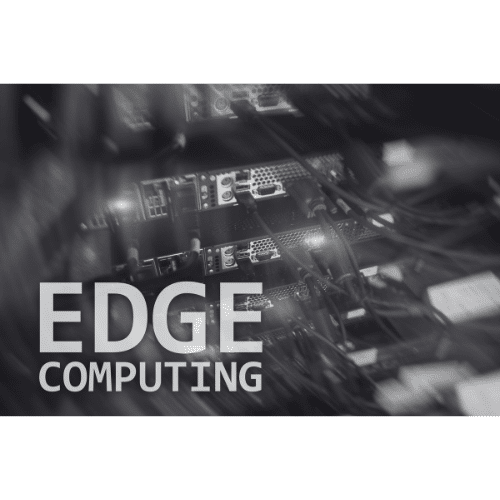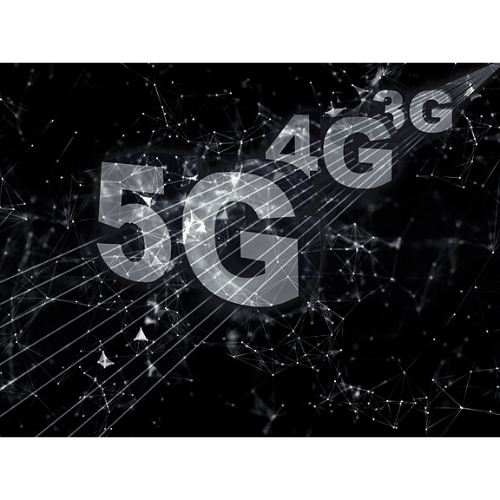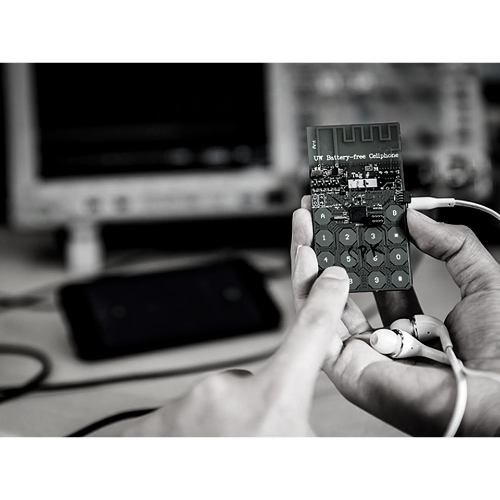Edge Computing is set to revolutionize various sectors with its capability to process data closer to where it’s generated, reducing latency and bandwidth use. Here are several key trends and insights on Edge Computing gathered from multiple sources.
5G is More Reliable and Faster than 4G
Does the new 5G technology really put an end to video stream buffering and annoyingly slow downloads?
5G to Wirelessly Power IoT Devices
Researchers at the Georgia Institute of Technology discuss an innovative way to harness 5G networks, turning them into ‘a wireless power grid’ to power IoT devices.
Battery-free cell phones powered by radio signals
A group of researchers in the United States has developed what they say is the world’s first battery-free cell phone.
4G vs. 5G: A Comprehensive Comparison
Understanding the differences between 4G and 5G can be confusing, but this post breaks it down for you. Learn about the key differences in speed, coverage, latency, capacity, and potential applications of these two generations of mobile network technology.
Fields of Application of 5G
5G is a fifth-generation technology for mobile communication networks that promises very high data rates and reduced latency times. 5G is designed to meet the needs of a wide range of services and applications. Let’s discover together the new application areas enabled by 5G technology.
Edge Computing 101: Questions and Answers
As the demand for real-time data processing continues to surge with the rise of connected devices, edge computing is expected to experience an increasing demand; for those unfamiliar with the technology, the question remains: what is edge computing and how does it work?
Tactile Internet: Bringing Reality Into the Digital World
The Tactile Internet has the potential to dramatically change the way humans live, work and play. Imagine being able to feel the texture of an object while shopping online, or experiencing realistic haptic feedback while playing a virtual reality game.







